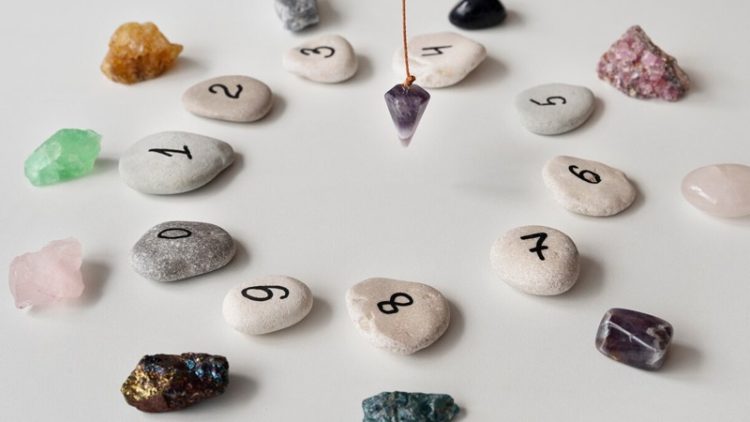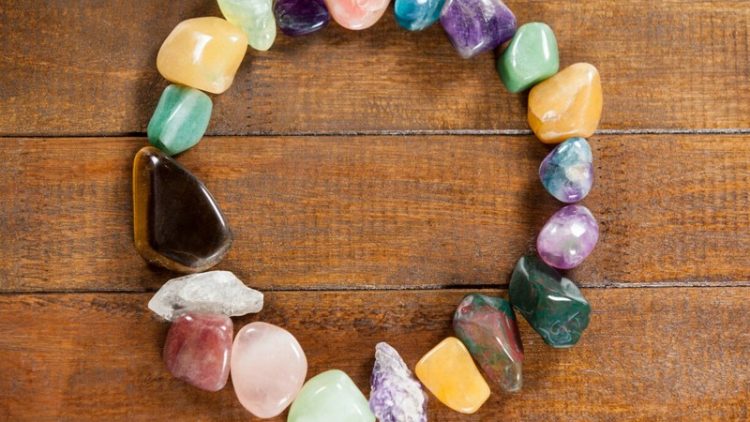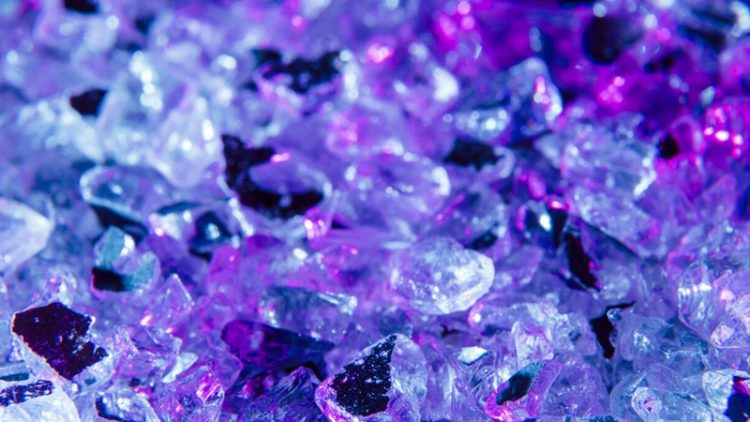Gemstones for Healing: What Are the Best Ones?
Gemstones have been used for centuries in various cultures for their perceived healing and metaphysical properties. It’s important to note that the use of gemstones for healing is not scientifically proven, and their effectiveness is often based on belief and anecdotal evidence. Different gemstones are believed to have unique healing properties, and individuals choose them based on their specific needs and intentions. Here are some popular gemstones and their associated healing properties:
Amethyst: Amethyst is often used for emotional balance and stress relief. It’s believed to help with insomnia, anxiety, and enhancing spiritual awareness.
Rose Quartz: Known as the “love stone,” rose quartz is associated with matters of the heart. It’s believed to promote self-love, compassion, and emotional healing.
Citrine: Citrine is associated with abundance and prosperity. It’s thought to enhance creativity, confidence, and joy.
Clear Quartz: Clear quartz is considered a master healer and amplifier of energy. It’s used for various purposes, including clarity of thought, meditation, and balancing energy.
Lapis Lazuli: Lapis lazuli is often used for enhancing intuition, wisdom, and communication. It’s associated with the third eye chakra.
Turquoise: Turquoise is known for its protective and healing properties. It’s believed to bring strength, peace, and protection from negative energies.
Black Tourmaline: This stone is used for grounding and protection from negative energies. It’s believed to help cleanse and purify one’s energy.
Jade: Jade is associated with harmony, balance, and prosperity. It’s used for emotional healing and promoting a sense of peace.
Hematite: Hematite is known for its grounding and stabilizing properties. It’s believed to help with focus, concentration, and stress relief.
Selenite: Selenite is associated with purification and clarity. It’s often used in meditation and energy clearing.
Moonstone: Moonstone is linked to feminine energy and cycles. It’s believed to enhance intuition, fertility, and emotional balance.
Labradorite: Labradorite is known for its protective and mystical properties. It’s associated with enhancing intuition and spiritual insight.
When using gemstones for healing, it’s essential to cleanse and charge them regularly, as it’s believed that they can absorb negative energy over time. This can be done through various methods, such as rinsing with water, placing them under the moonlight, or using other cleansing rituals.
It’s important to remember that gemstone healing is a complementary and holistic approach and should not be a substitute for professional medical or psychological treatment. If you have serious health concerns, it’s advisable to consult with a healthcare professional. Additionally, the effectiveness of gemstone healing can vary from person to person, and personal beliefs play a significant role in the experience.










